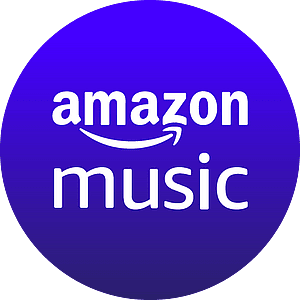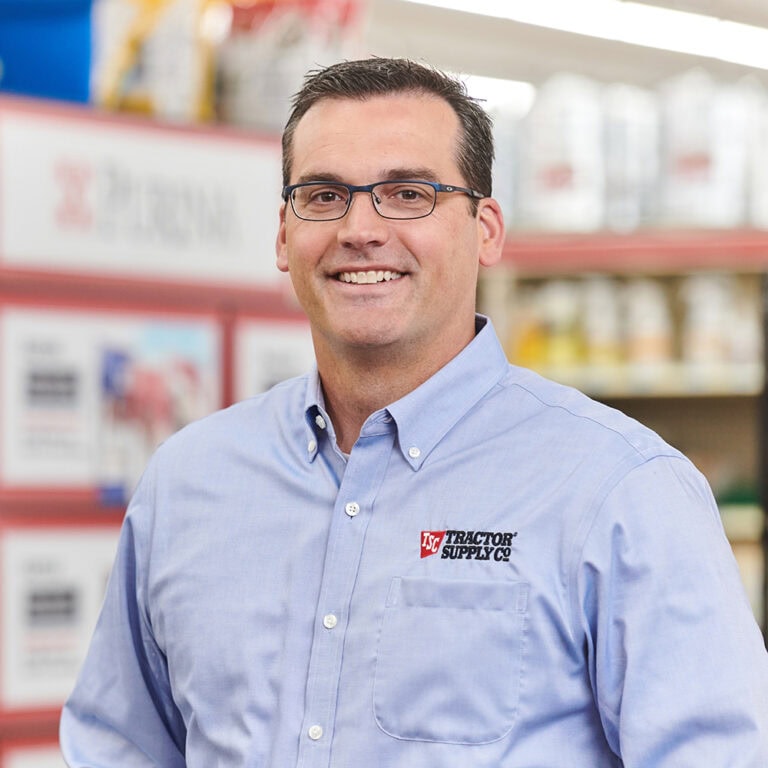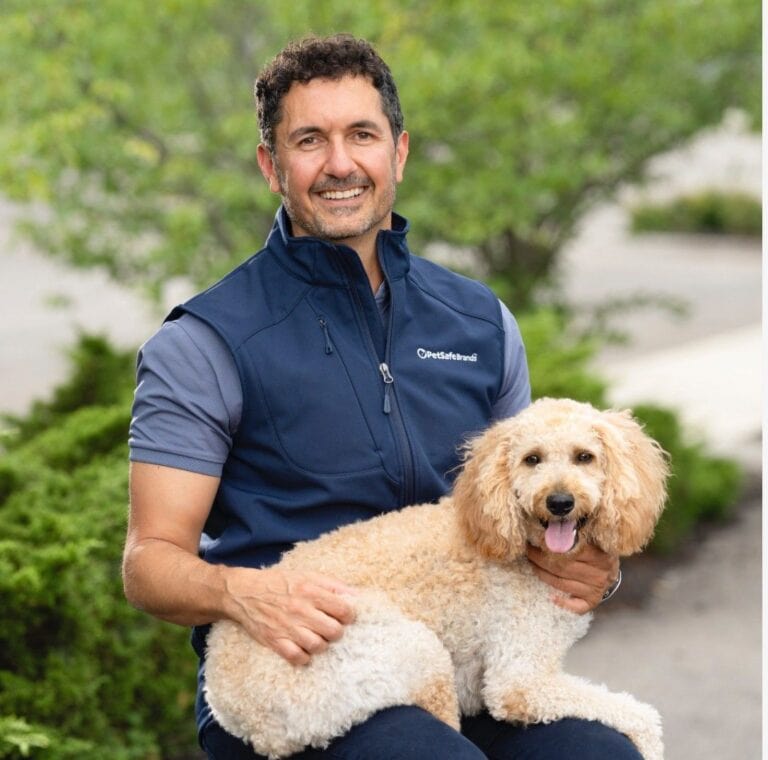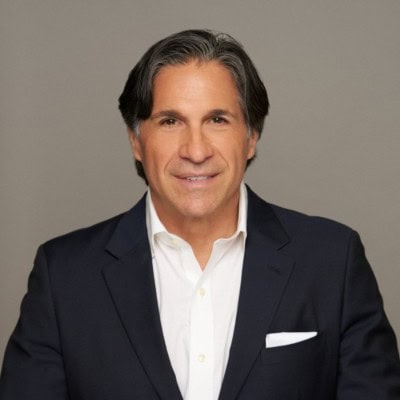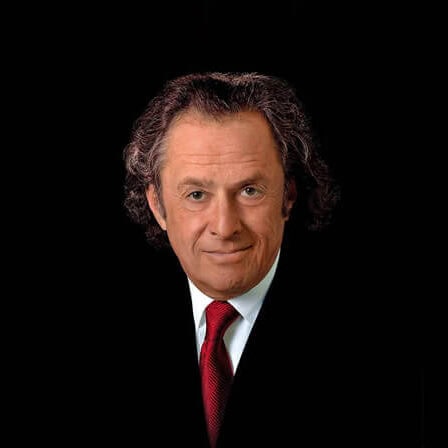
July 18, 2022
Sergio Zyman, Marketing Visionary
Learning from Epic Failures and Super Bowl Ads
Best-Selling Author, ex-Coke CMO and Marketing Visionary Sergio Zyman spoke with The Reboot Chronicles about what was said to be an epic fail in marketing (remember the introduction of New Coke?). As the first person to EVER hold the title of Chief Marketing Officer he should know! Lots of good nuggets in this episode, from his thoughts on pandemic marketing to why marketers are still focusing way too much on TV—including $6 mil. Super Bowl Ads.
The Story Behind ‘New Coke’
We had to, of course, address the elephant in the marketing room of the introduction of New Coke. So was it the debacle it was reputed to be? For those of you not around in the ‘80s it was all over the media. A guy at Coke dared to do what pretty much every soft drink in the world does now on a regular basis: introduce a new flavor. But here, someone was messing with an iconic brand. In response to the onslaught of the Pepsi Generation (that’s what young people drink!) Sergio backed the introduction of an updated formulation for Coke. Turns out there were a whole lot more lovers of the classic formulation than the company expected. Within a month, “Classic Coke” was back, fans were delighted.
So what was the real story? As Sergio relates, there is more to it than I ever understood:
“When we launched New Coke, three days later, 81% of people said they had tried it and hated it, but we only had 5% distribution. When we brought back Classic 77 days later, we didn’t have any distribution. And 80% of people said, ‘Oh, my God it’s back’. The real issue behind behind New Coke, which continues to be kind of thrown around as the biggest failure in the history of mankind, is that, you know, the company was not a marketing company, it was a belonging company. And by the way, the stock doubled in the time New Coke was in the market.”
What does he mean by this? At the time he was a radical thinker in believing that marketing is a science over an art: The goal should be to actually sell products, not burnish a brand. He faced off against their powerful agency that wanted to retool the brand in fear that the Pepsi generation made the them too old. The episode ended up helping Coke realize what it was as a product.
And most interesting, while Sergio left the company after that incident, they invited him back in 1993 to be the first ever CMO of ANY company. What was the significance of that title? He recounted how the CEO at first thought it was a power play to get more heads underneath him. On the contrary, Sergio didn’t necessarily want anyone reporting to him, but he felt he needed to be in the C suite to have the mandate to drive growth in the company.
Sergio brings up the issue of how many ads are truly effective. He brings up the Wannamaker adage of half of all ads being effective and not knowing which are. He believes that 90% of all ads, and possibly more, don’t work as they might make people feel good, but they do nothing to “convince people about why they should buy more, or use more of the stuff that they are already using or that they’re not using”.
How did he grow Coca-Cola from a 9 billion to a 50 million cases a year company – with the stock quadrupling in 4 years? He traveled 200 days a year to each market and hired 2,000 marketing people around the world who drove growth to replace the people that had “an avocation” for marketing.
As we approach a very big Super Bowl this year with ads costing $6.5 million a minute and a very murky connection to actual sales, I think he’s onto something. To hear our complete interview, tune in wherever you listen to podcasts.



